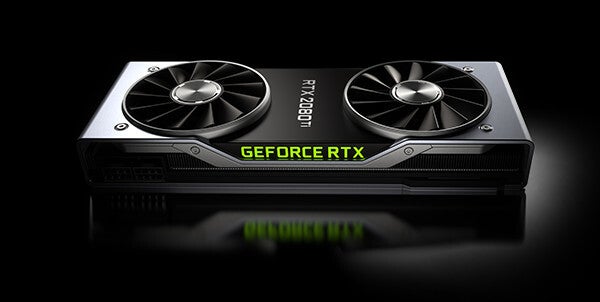The perfect storm has hit the chip industry resulting in price hikes for components
Even though we consider TSMC and Samsung Foundry to be very important suppliers to the companies whose products we write about, and there is something special about turning sand into powerful chipsets, at the end of the day they are businesses that follow the laws of supply and demand. And with a severe chip shortage due to the pandemic, chip distributors are doing exactly what they should be doing with demand so strong and supplies so tight-it is raising chip prices.
Demand for chips is up and supply is down which leads to the classic price hike response for the supply chain
But external events have increased the demand for devices that are powered by chips. The pandemic increased sales of laptops and tablets and the increasing availability of 5G networks hiked demand for smartphones.
One example of “cost inflation” is the 34% price hike in the average price of computer memory since the start of last year. And with more homebound workers playing video games on newly purchased computers, prices of graphics cards by Nvidia are changing hands sold at premium prices.
Some higher prices for chips are embedded in long-term contracts and have yet to show up in the data
Overall price increases for semiconductors shipped globally over the last year show little change. But some sectors of the chip market such as wireless communications and consumer electronics, continue to rise in price.
Even scarier for chip buyers and consumers, the latest data do not include the most recent semiconductor price hikes in the supply chain. Dale Ford, the chief analyst at the Electronic Components Industry Association, notes that some price increases are already part of long-term contracts which means that they have yet to surface in the supply chain. Ford says that higher pricing for electronic components is not something that will go away soon.
“Raw-material costs have gone up more recently, and I think people are now saying this is not a temporary situation. Price increases are going to be durable,” the analyst says. Of course, it doesn’t help that overall inflation numbers are on the rise. Thanks to higher energy prices, overall pricing rose 5% in May.
Manufacturers of consumer electronics have a choice. They can keep pricing the same and live with lower profit margins, or they can raise the prices that consumers pay for their devices and deal with a drop-off in demand.
For all the latest Technology News Click Here
For the latest news and updates, follow us on Google News.

